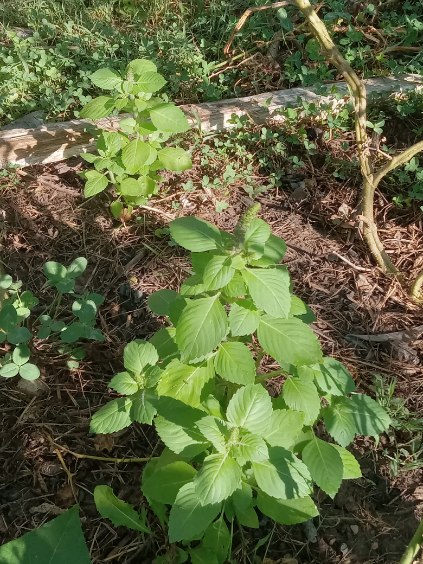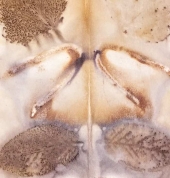
 4
4





Zone 6, 45 inches precipitation, hard clay soil




 3
3





"We're all just walking each other home." -Ram Dass
"Be a lamp, or a lifeboat, or a ladder."-Rumi
"It's all one song!" -Neil Young
 3
3




May Lotito wrote:Hi Pink, your yarns are so very colorful! It's a brilliant idea to have those ombre colors on fabric. I ordered some purified red and blue pigments too, and tannic acid, for quantification purpose.
I have inconsistent results with my golden aster and the flowers don't dry well, they turn into seed balls before they can get dry! It's nice you can have yours as a reliable dye plant.
 3
3




Zone 6, 45 inches precipitation, hard clay soil




 3
3




Zone 6, 45 inches precipitation, hard clay soil




 4
4




 2
2




"We're all just walking each other home." -Ram Dass
"Be a lamp, or a lifeboat, or a ladder."-Rumi
"It's all one song!" -Neil Young
 5
5




Thom Bri wrote:Mary, have you tried purple corn?
Zone 6, 45 inches precipitation, hard clay soil




 1
1




 3
3




Zone 6, 45 inches precipitation, hard clay soil





| I agree. Here's the link: http://stoves2.com |






